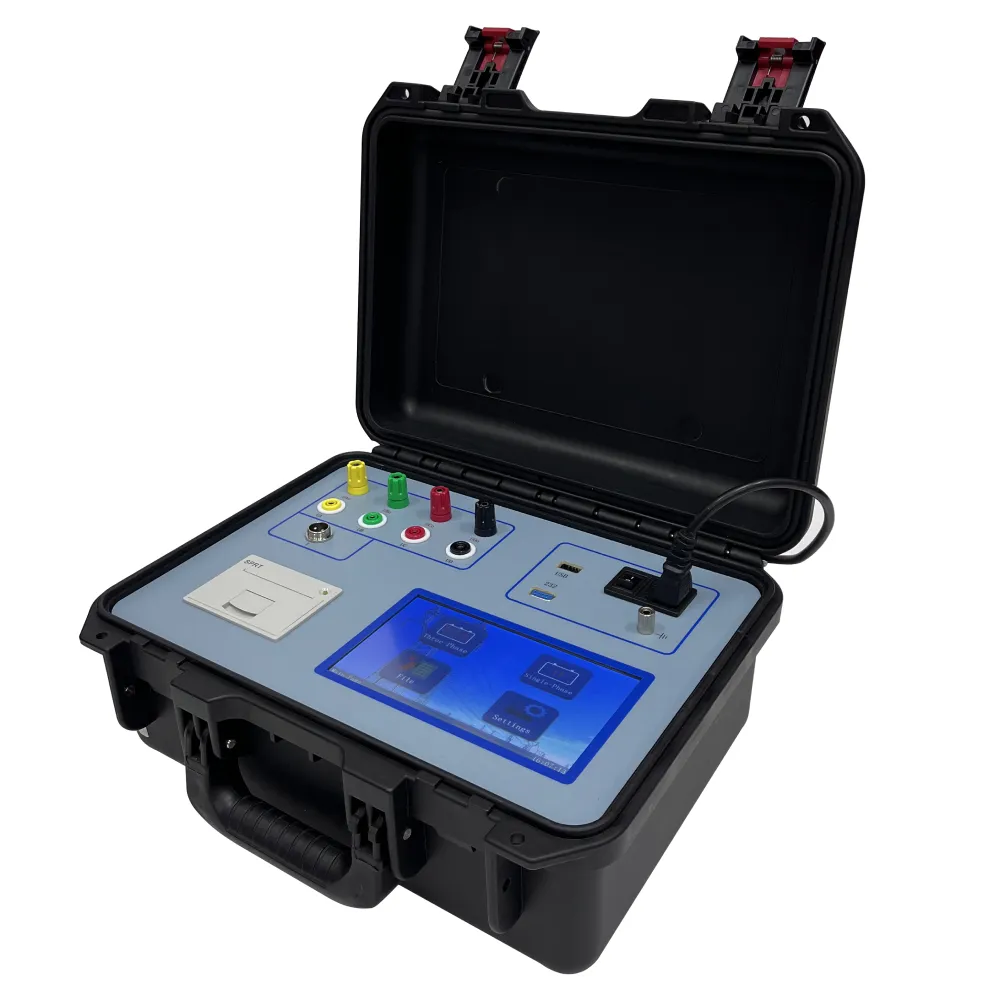 English
English


Comprehensive Guide to Transformer Testing Methods
Types of Tests on Transformers
Transformers are critical components in electrical engineering, playing essential roles in power distribution, voltage regulation, and electrical isolation. As crucial elements in various applications, it is imperative to conduct thorough testing to ensure their reliability, safety, and efficiency. This article explores different types of tests performed on transformers to verify their operational integrity and performance.
Types of Tests on Transformers
Another vital test is the winding resistance test. This test evaluates the resistance of the transformer windings, which can affect the performance and efficiency of the transformer. By measuring the resistance of the primary and secondary windings, technicians can identify issues such as poor connections or damaged windings that may lead to overheating. Accurate winding resistance measurements are crucial for determining the temperature rise and ensuring the transformer operates within safe limits.
type of test on transformer

The turns ratio test is also essential, as it checks the ratio of the number of turns in the primary winding to that in the secondary winding. This ratio is critical for determining how the transformer alters voltage levels. An improper turns ratio can lead to inefficiencies and malfunctions. This test is typically conducted using a turns ratio tester and helps confirm that the transformer is functioning according to its specification.
Power factor testing is another important procedure. This test measures the dielectric losses in insulation materials and provides insights into the condition of the transformer’s insulation system. A high power factor may indicate aging or deterioration in the insulation, which can significantly impact the transformer's performance.
Finally, the sweep frequency response analysis is a modern diagnostic technique. This test involves applying a range of frequencies to the transformer and analyzing its response. By observing the frequency response, engineers can identify issues such as winding deformation or core faults, which may not be detectable through traditional methods.
In conclusion, performing various tests on transformers is vital for ensuring their reliability and efficiency. From insulation resistance assessments to advanced frequency response analyses, each type of test provides critical information that helps maintain the safe operation of transformers. Regular testing not only extends the lifespan of these electrical devices but also enhances the performance of the entire electrical system they are part of. As technology advances, the testing and diagnostic techniques continue to evolve, further improving the reliability of transformers in modern applications.
-
Differences between open cup flash point tester and closed cup flash point testerNewsOct.31,2024
-
The Reliable Load Tap ChangerNewsOct.23,2024
-
The Essential Guide to Hipot TestersNewsOct.23,2024
-
The Digital Insulation TesterNewsOct.23,2024
-
The Best Earth Loop Impedance Tester for SaleNewsOct.23,2024
-
Tan Delta Tester--The Essential Tool for Electrical Insulation TestingNewsOct.23,2024





